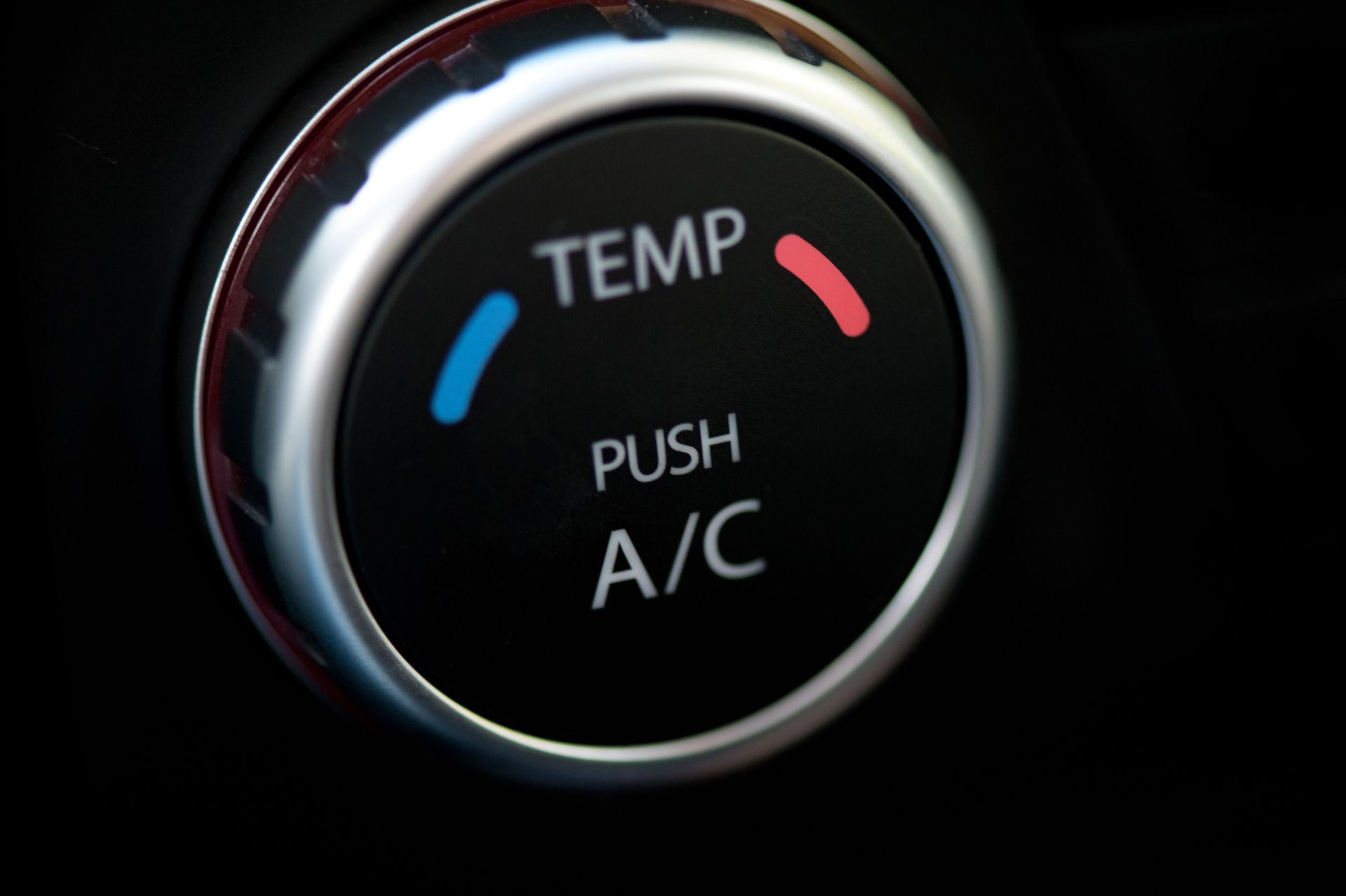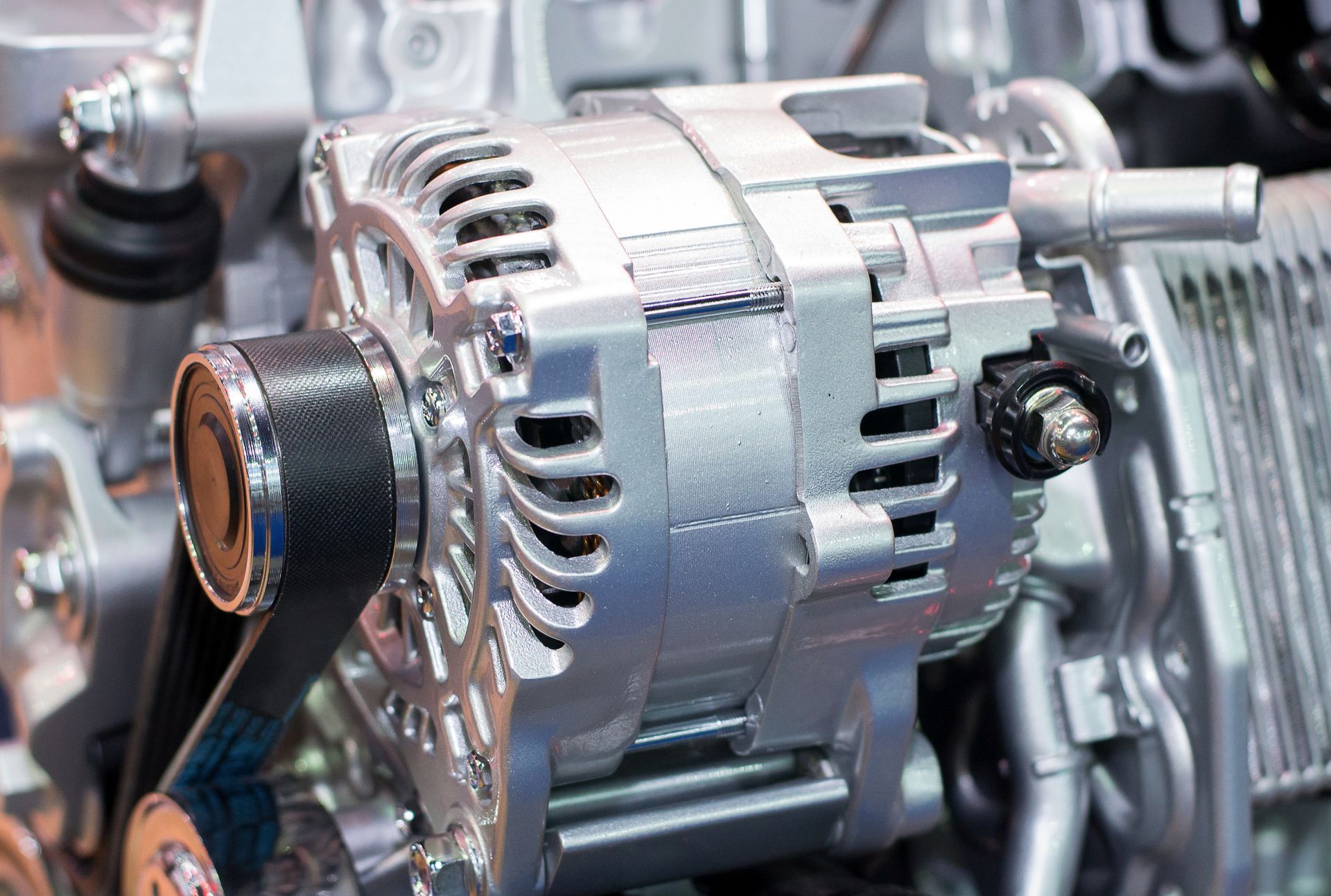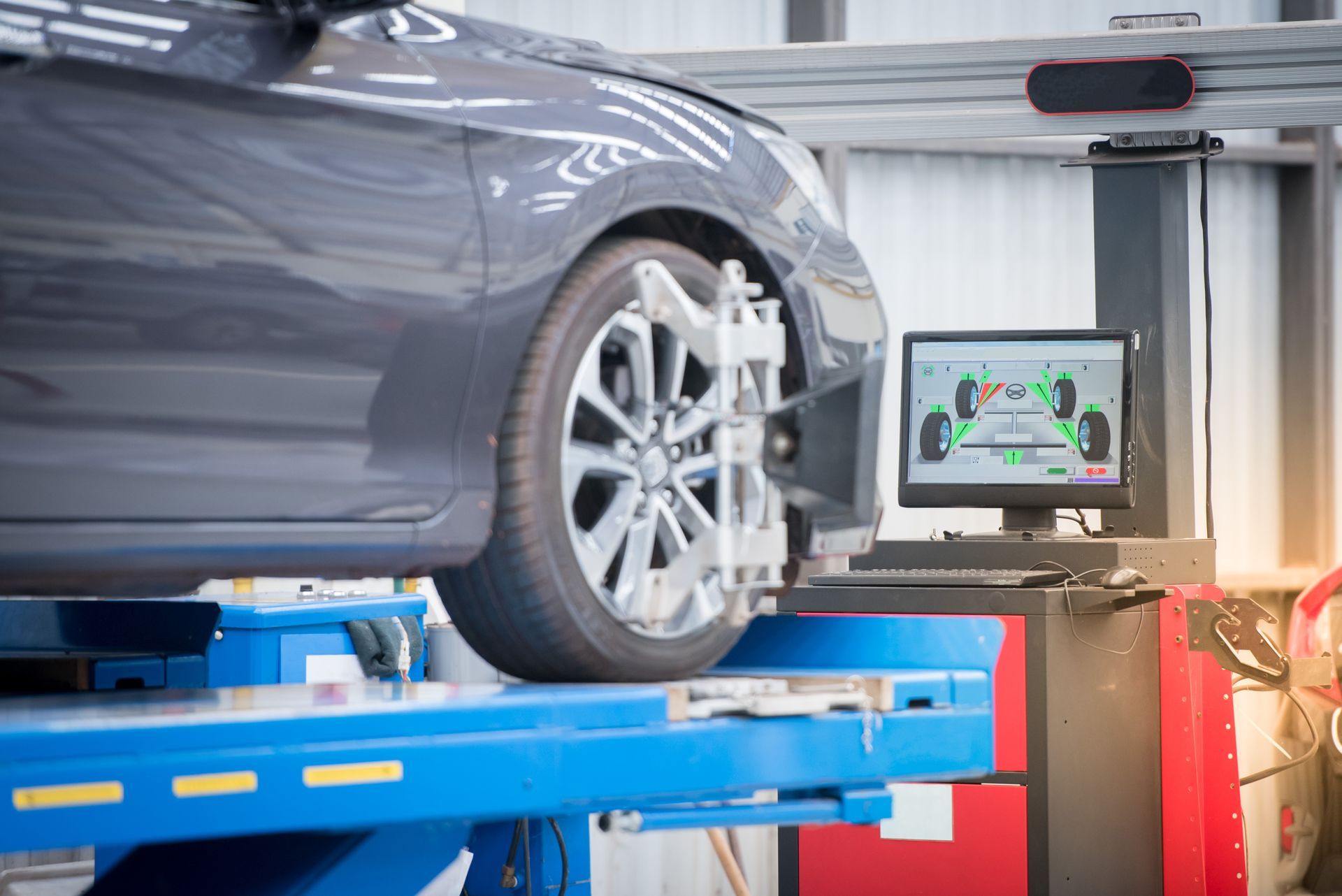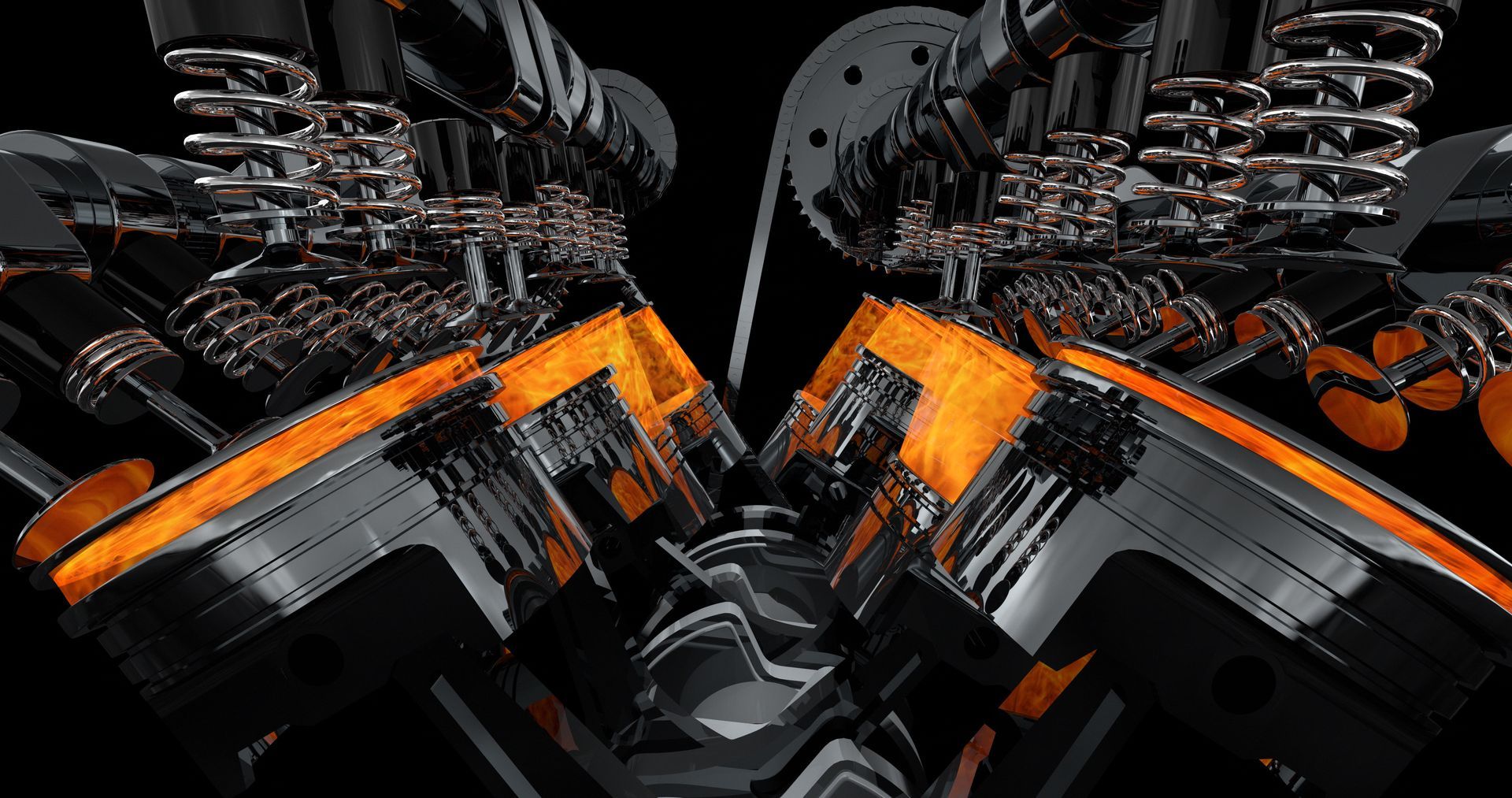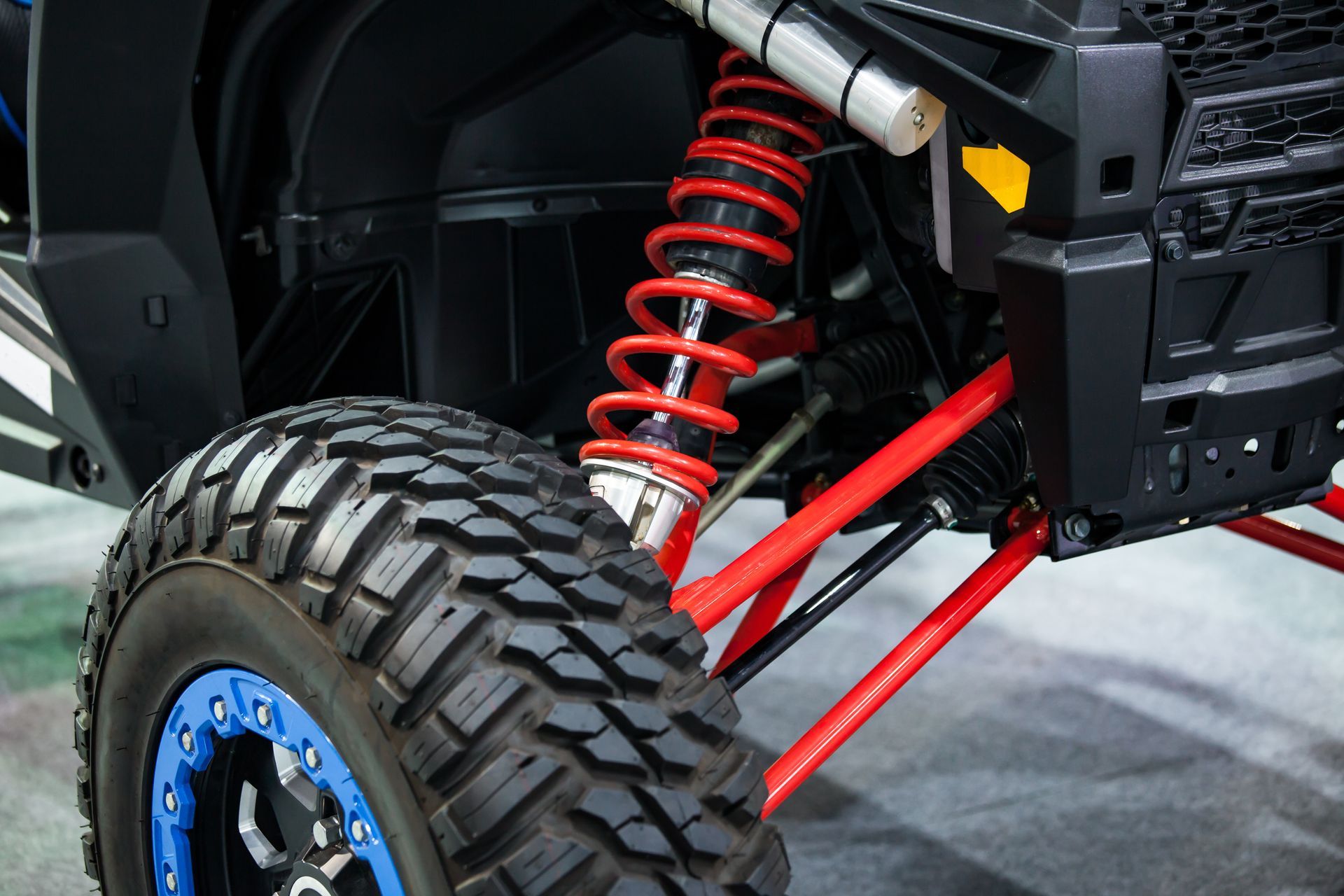Loading ...
Missing business hours data / Error occurred while getting the data.
Loading ...
Missing business hours data / Error occurred while getting the data.
Loading ...
Missing business hours data / Error occurred while getting the data.
Loading ...
Missing business hours data / Error occurred while getting the data.
How to Maintain Your Car’s Cooling System
September 27, 2024
Your car’s cooling system is one of the most vital parts of your vehicle’s overall health. It regulates engine temperature, prevents overheating, and ensures that your engine runs efficiently. When neglected, cooling system issues can lead to major repairs and even total engine failure. So how can you maintain your car's cooling system and avoid these issues? Let’s explore the essential steps and tips for keeping your cooling system in top shape.
Regularly Check Coolant Levels
Coolant, also known as antifreeze, absorbs heat from the engine and dissipates it through the radiator. Without enough coolant, your engine can overheat, leading to serious damage.
One of the simplest yet most important things you can do is regularly check your coolant levels. Make it a habit to inspect the coolant reservoir every few weeks or at least once a month, especially during the hot summer months. If the level is low, top it off with the appropriate type of coolant for your vehicle. Just be sure to never open the radiator cap while the engine is hot—wait until it cools down to avoid burns.
Flush the Cooling System
Over time, the coolant in your car can become contaminated with rust, dirt, and debris, reducing its ability to do its job. This is why it’s essential to flush your cooling system at regular intervals. A coolant flush involves draining the old coolant, cleaning the system, and refilling it with fresh coolant.
How often should you flush the system? Most experts recommend a coolant flush every 30,000 miles or every 2-3 years, but this can vary depending on your vehicle and driving habits. Flushing the system helps remove deposits that could clog the radiator and water pump, ensuring the cooling system works efficiently and prolonging the life of your engine.
Inspect Hoses and Belts
Your cooling system relies on several hoses and belts to move coolant through the engine and radiator. Over time, these components can crack, dry out, or become loose, leading to coolant leaks or overheating. Regularly inspecting these hoses and belts for signs of wear and tear is crucial for preventing breakdowns.
Look for any cracks, bulges, or leaks in the hoses, and ensure the belts are tight and in good condition. If you notice any wear or damage, have the hoses or belts replaced as soon as possible to prevent major problems down the line?
Check the Radiator
The radiator is the central component of your car’s cooling system and is responsible for transferring heat from the coolant to the outside air. Keeping it clean and free of debris is essential for optimal cooling system performance.
Inspect the radiator fins regularly for any obstructions such as dirt, leaves, or bugs. You can gently hose off the radiator to remove debris and improve airflow. Keep an eye out for leaks or corrosion around the radiator and hoses, as these can lead to coolant loss and overheating.
Monitor the Thermostat
The thermostat controls the flow of coolant between the engine and the radiator, regulating the engine’s temperature. If the thermostat fails, your engine may not receive the proper cooling, causing it to overheat or run too cool.
A malfunctioning thermostat often leads to erratic temperature readings on your dashboard gauge or fluctuating heat levels inside the cabin. If you notice these symptoms, it may be time to replace the thermostat. Regularly monitoring your car’s temperature gauge can help you catch thermostat issues before they become bigger problems.
Why Cooling System Maintenance Matters
Maintaining your cooling system is crucial for keeping your engine running efficiently and avoiding costly repairs. Without a properly functioning cooling system, your engine is at risk of overheating, which can lead to warped components, blown head gaskets, or even a complete engine failure.
Regular maintenance not only extends the life of your cooling system but also saves you money in the long run by preventing major repairs. By staying on top of coolant levels, flushing the system, inspecting hoses and belts, and monitoring your thermostat, you can ensure that your cooling system performs optimally for years to come.
Don’t let a neglected cooling system cause expensive engine damage. Schedule a cooling system check-up at
Maryland Auto & Truck Repair today! Our experts are ready to inspect your coolant, radiator, and hoses, ensuring your car stays on the road, not in the shop.
Having Trouble Finding Us?
Business Hours:
Loading ...
Missing business hours data / Error occurred while getting the data.
Reach Us:
Contact Us:
Maryland Auto & Truck Repair, 512 Crain Hwy #B Glen Burnie, MD 21061 (410) 760-8123


